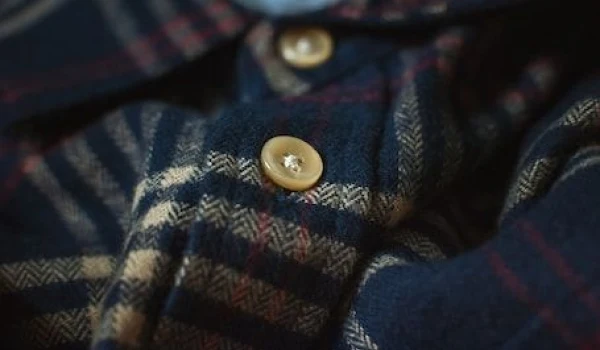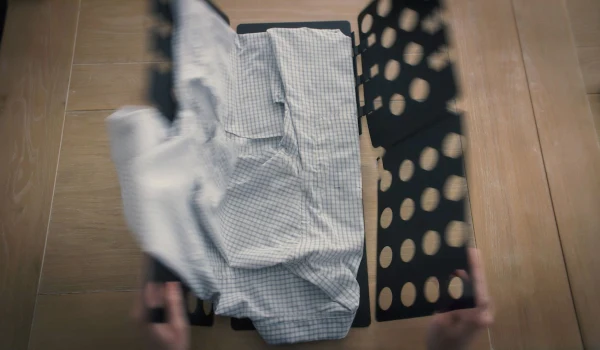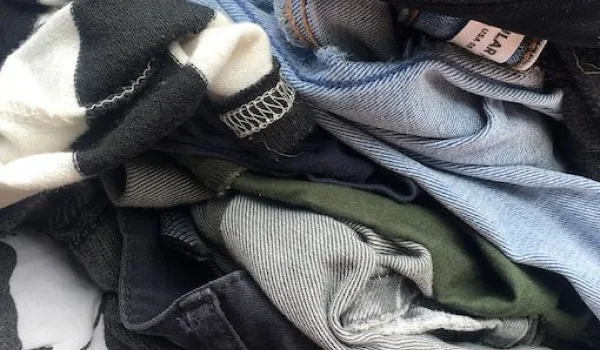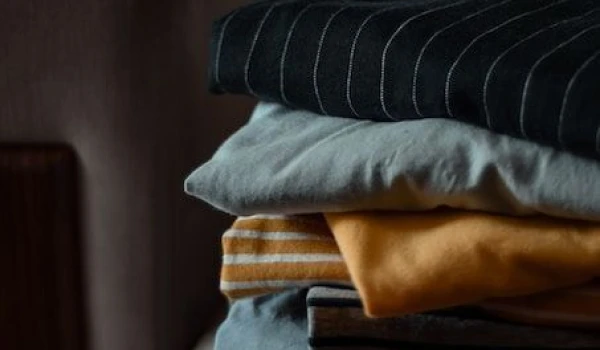Introduction
Washing machine mold is a frustrating and often alarming problem for many homeowners. Discovering a moldy odor or black mold inside your machine is not only inconvenient but can also pose potential health risks. If you’ve encountered this issue, you’re not alone, and there are effective solutions to tackle it. In this article, we will explore the causes of mold growth, offer step-by-step instructions on how to remove it, and share preventive measures to keep your washing machine mold-free in the long run.
Why Do I Have Mold in My Washing Machine?
Understanding why mold grows in washing machines is the first step in preventing it. Mold thrives in environments that are dark, damp, and poorly ventilated, making your washing machine the perfect breeding ground for it. Let’s break down the key factors that lead to mold growth.
Residual Moisture and Humidity
One of the primary causes of mold in your washing machine is moisture left behind after each wash. Both front-load washers and top-load machines can trap residual water, especially in the gasket, rubber seal, or detergent drawer. Over time, this trapped water creates an ideal environment for mold and mildew to form.
Leftover Detergent and Fabric Softener
Using too much detergent or fabric softener can also contribute to mold growth. Excess detergent can leave a residue inside the machine, which not only reduces washing efficiency but also provides a food source for mold. Fabric softener, especially in high concentrations, can form a sticky film that traps moisture, further encouraging the growth of mold.
Inadequate Ventilation
Many washing machines, especially front-load washers, are kept closed between uses, which traps humidity inside. Without proper ventilation, moisture lingers, making it easier for mold to take hold. Leaving the washer door closed prevents airflow, a critical component in keeping the machine dry and mold-free.

How to Remove Mold From My Washing Machine
If you’ve already discovered mold in your washing machine, don’t panic. Here’s a step-by-step guide to effectively clean and remove mold, especially black mold, from your washer and keep it in optimal condition.
Step 1: Clean the Gasket and Rubber Seal
The first place to check for mold is the gasket or rubber seal around the door, particularly in front-load washers. Start by wiping it down with a cloth dampened in warm, soapy water. For more stubborn mold or mildew, use a mixture of white vinegar and water. Scrub the seal thoroughly to remove mold, paying special attention to any crevices where water collects.
Step 2: Run a Hot Water Cycle with Bleach
Once you’ve cleaned the gasket, run a hot water wash cycle using bleach. Set your washer to the hottest setting, add 1 cup of bleach directly into the drum or detergent compartment, and run a full cycle. Bleach is effective at killing mold and mildew and will sanitize the interior of the machine.
Step 3: Clean the Detergent Drawer
Remove the detergent drawer and clean it thoroughly. Often, this is a neglected area where detergent and fabric softener residue can accumulate, leading to mold growth. Soak the drawer in hot, soapy water and scrub away any build-up before rinsing and drying it.
Step 4: Wipe Down the Drum and Door
Once the hot water cycle is complete, wipe down the drum and inside of the door with a clean, dry cloth. This helps remove any residual water and prevents moisture from settling in the machine. Don’t forget to also clean the exterior of the washer, especially around the door hinges.
Step 5: Run a Rinse Cycle with White Vinegar
To ensure all traces of mold and bleach are removed, run another hot water cycle, this time with 1 cup of white vinegar. Vinegar acts as a natural disinfectant and deodorizer, eliminating any lingering mold spores and odors from your washer.

How to Prevent Mold in a Washing Machine
Now that you’ve successfully removed mold from your washing machine, it’s time to focus on prevention. Follow these simple tips to keep mold at bay and maintain a fresh, clean washer.
1. Leave the Door Ajar
One of the easiest and most effective ways to prevent mold growth in your washing machine is to leave the door slightly open between washes. This allows airflow and helps dry out any remaining moisture inside the drum and rubber seal.
2. Clean the Gasket Regularly
The gasket and rubber seal are the most vulnerable parts of a washing machine when it comes to mold. Wipe them down with a dry cloth after each wash, and give them a more thorough cleaning at least once a month using a mixture of water and vinegar.
3. Use the Correct Amount of Detergent
Using too much detergent can leave behind a residue that promotes mold growth. Always follow the manufacturer’s instructions for the correct amount of detergent, and consider using powder detergent or a liquid detergent designed for high-efficiency washers.
4. Run a Monthly Cleaning Cycle
Running a monthly cleaning cycle with hot water, vinegar, or bleach can help prevent mold from taking hold in your washer. Most modern washing machines have a self-cleaning cycle specifically designed for this purpose.
5. Clean the Detergent Drawer
The detergent drawer is a prime location for mold growth due to trapped moisture and leftover detergent. Remove and clean the drawer regularly to prevent mold buildup.
6. Avoid Excess Fabric Softener
Fabric softener is a common culprit in mold growth, as it leaves a sticky residue that traps moisture. Instead, opt for natural alternatives like white vinegar, which softens clothes without contributing to mold problems.
7. Dry the Drum After Every Wash
After each wash, use a dry cloth to wipe down the drum and inside the door. This simple step removes any lingering moisture and prevents it from accumulating in the machine.

FAQs
What is the Best Product to Use to Remove Mold?
To remove mold effectively, a combination of white vinegar and bleach works best. Vinegar is a natural and eco-friendly cleaning solution, while bleach is powerful at killing mold spores. When used together, these products can eliminate mold and prevent future growth. However, never mix bleach and vinegar directly, as this can produce harmful fumes.
How Often Do I Have to Clean the Mold Out of My Washing Machine?
Ideally, you should clean your washing machine every month to prevent mold from forming. Regular maintenance, including cleaning the gasket, detergent drawer, and running a cleaning cycle, can keep your washer mold-free.
Is Mold in a Washing Machine Harmful?
Yes, mold in a washing machine can be harmful to your health. Mold spores can cause respiratory issues, allergic reactions, and skin irritation. Additionally, moldy washing machines may transfer spores to your clothing, affecting your laundry’s freshness.
Can Mold in a Washing Machine Affect My Clothes?
Moldy washing machines can make your clothes smell musty and leave dark spots on fabrics. In severe cases, mold can even cause discoloration or damage to clothing. Regular cleaning and mold prevention steps are essential to keep your clothes fresh and clean.

Rinse Away Mold Stress: Elevate Your Laundry Game Today!
Mold maintenance can be tedious, but with Rinse’s expert laundry and cleaning services, you don’t have to worry about it. At Rinse, we ensure that your garments are cleaned in mold-free, safe conditions, giving you peace of mind and fresher laundry every time. And by outsourcing your laundry to us, you don't have to ever worry about mold creepign into your machine or making any preventative steps. Let us make doing laundry cleaner and more convenient so you have more time to spend on the important things in your life.
For more tips on washing machine care, check out these related articles:
Contact us at Rinse today to see our skill in action.

Have laundry or dry cleaning to do?
Rinse picks up, cleans and delivers 7 days a week. Amazingly awesome. Ridiculously simple.

















